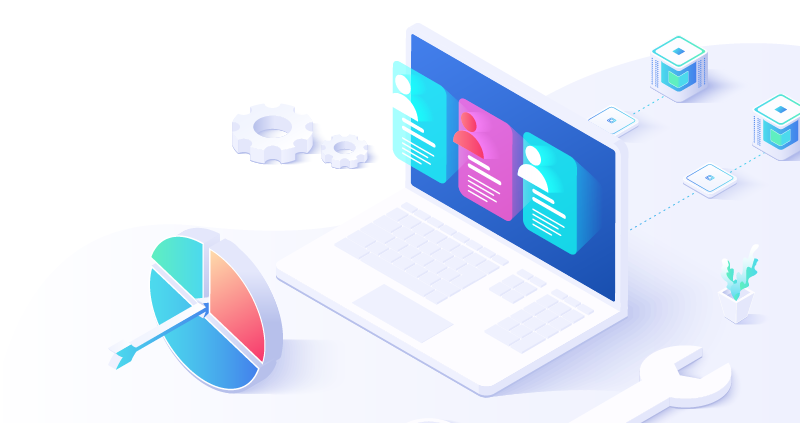In 2024 rising patient deductibles and healthcare costs will increase the total amount of healthcare expenses incurred by patients. For RCM companies this means dedicating additional resources to the difficult tasks of managing patient billing and communications — notoriously costly and low-ROI activities. This comes at a time when RCM companies are incurring higher operating expenses from managing increasingly complex payor relationships while battling industry-wide staffing shortages.
Efforts to manage patient billing with a one-size-fits-all approach fail to address the needs of individuals and deliver poor results. This is due to the lack of tools available to most RCM companies that provide insight into how best to communicate with people in a personal and individual manner. Personalizing patient communications can significantly improve collection rates as well as boost patient satisfaction. Successful digital marketing and eCommerce companies have utilized data-driven outreach to personalize digital experiences with positive results for years. To reap the benefits of AI and automation, RCM companies must manage and leverage data in new ways to provide the type of digital experiences people are now accustomed to in their everyday lives.
Utilize First-Party Data
First-party data is information your company and your customers compile directly from the people you and they serve. “First-party” refers to data collected firsthand as opposed to acquiring it through a third party. First-party data includes information such as demographics and contact information as well as details collected by providers during the normal course of care. As digital access to healthcare becomes more widely adopted, the success or failure of any applications that automate patient workflows will depend on how well the first party is used to understand people’s needs and inclinations.
The best digital experiences — those that create value for you, your customers, and your customers’ patients — must be data-driven, using first-party data. Because it’s collected from the people you have the most to learn from, it’s the most reliable data to predict how best to communicate with those same people in order to activate engagement. It can be comprised of data like:
- Actions and behaviors across different applications and devices
- Communication preferences
- Customer feedback
- Survey data
Employ Behavioral Analytics
Behavioral analytics is a specialty in business analytics that uncovers knowledge around the behavior of users — specifically how they interact and engage with applications, websites, communications, and other digital channels. Each time a user engages with a digital channel, they are providing crucial signals about their needs and inclinations.
The objective of behavioral analytics is to determine peoples’ needs by understanding their journey, to infer what information or interaction they need next, and to anticipate what obstacles stand in the way. Behavioral data is remarkable in that it’s concrete user-generated information that is highly accurate at predicting intent due to its immediacy. By incorporating behavioral analytics with other types of consumer data like demographics, past transactions, and customer feedback you gain richer insights into how to construct even more personalized experiences that motivate users to take action.
As RCM companies look to harness the potential of AI, they need to use data from diverse sources, support best-in-class tools and frameworks, and run models that include the insight gained from first-party data and behavioral analytics.



